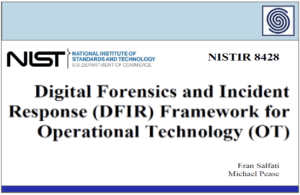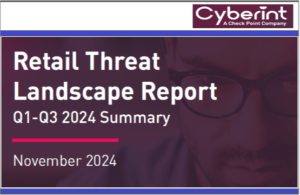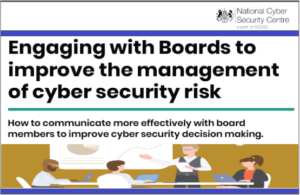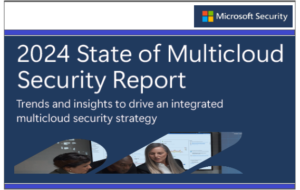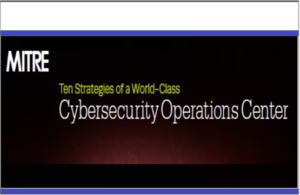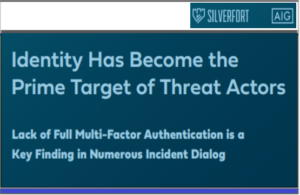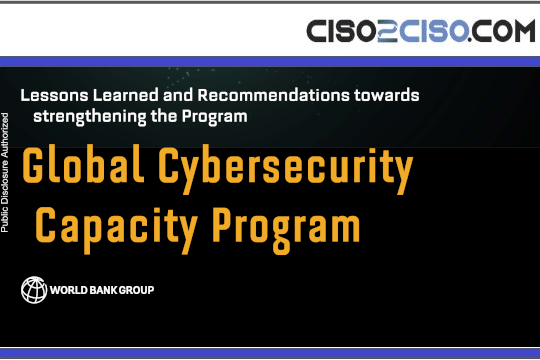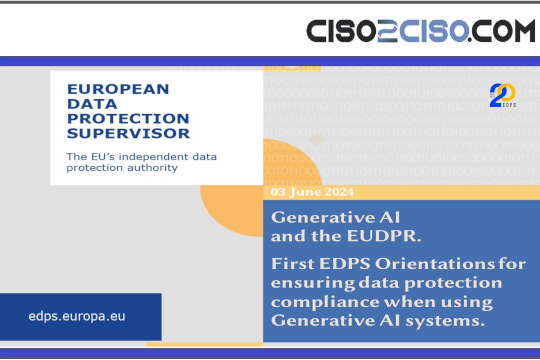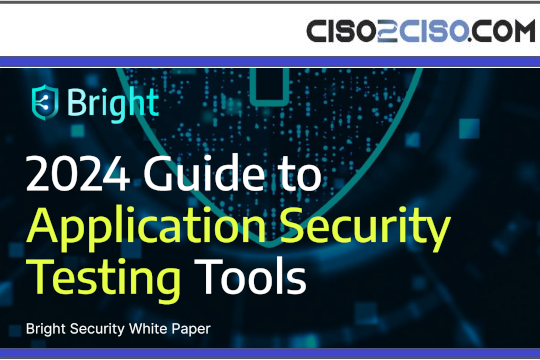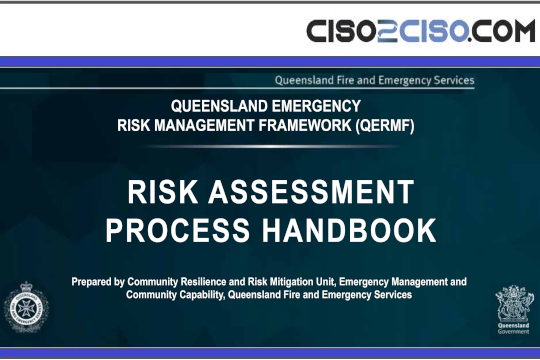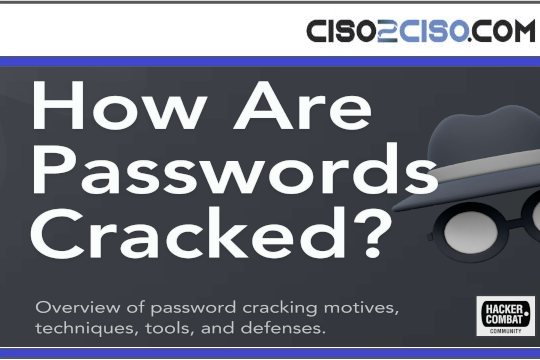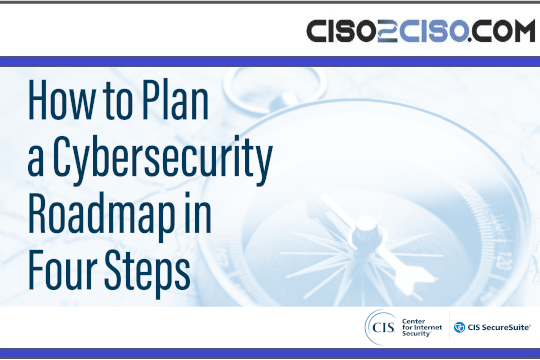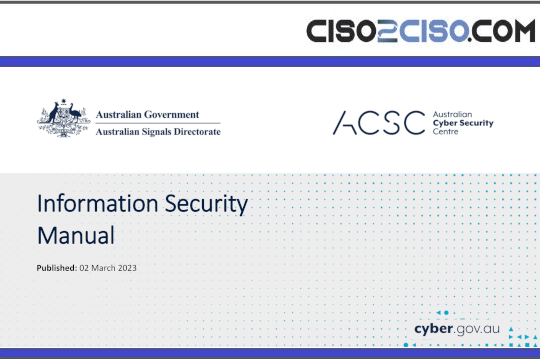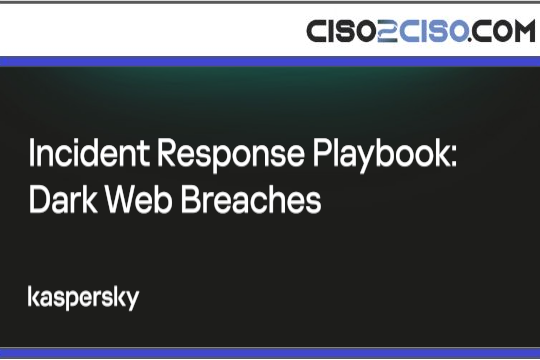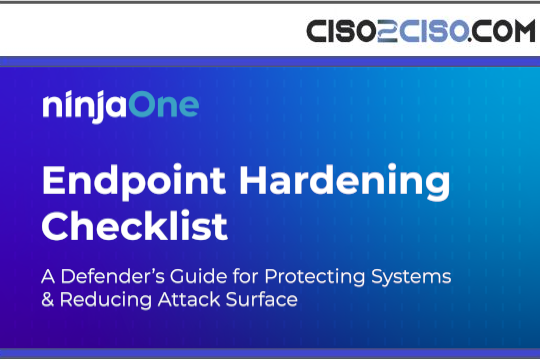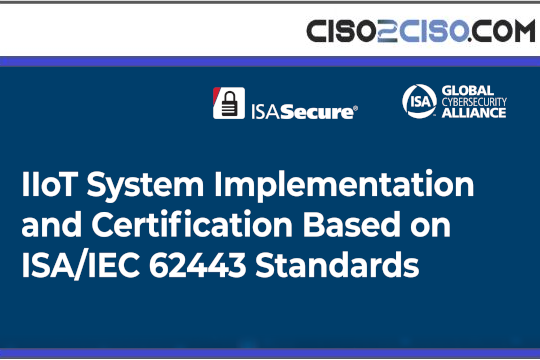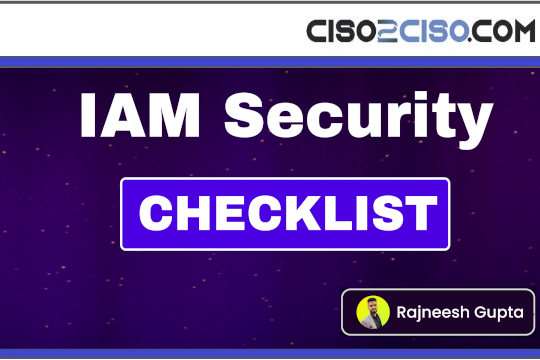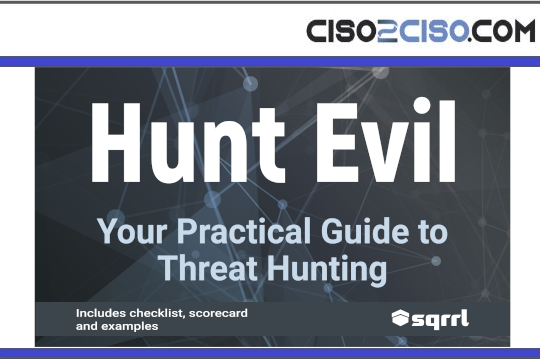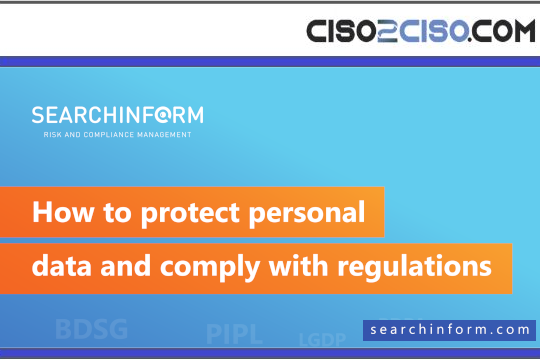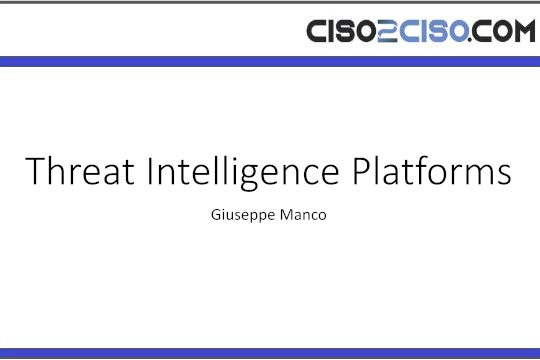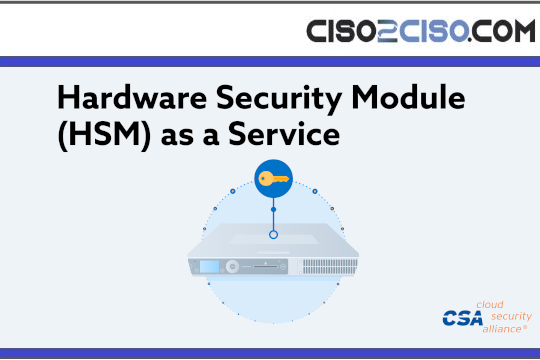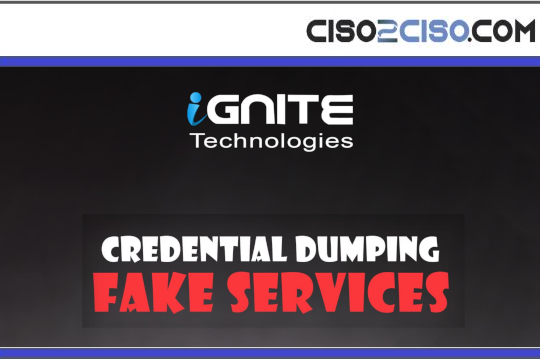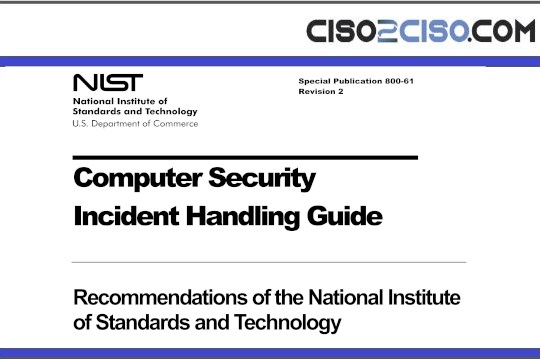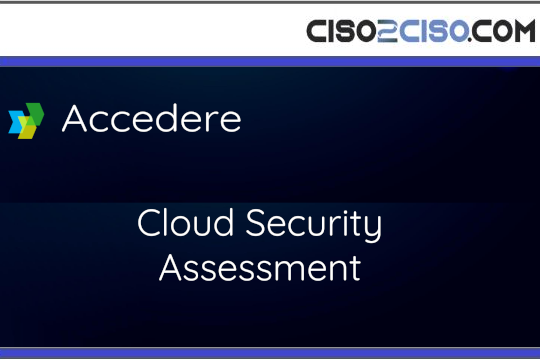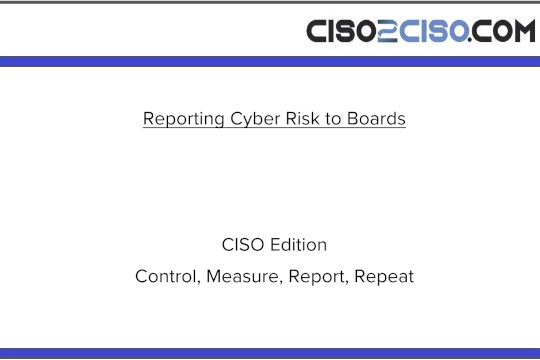Source: securityboulevard.com – Author: Amy Cohn
Why is Proactive NHI Management Essential to Prevent Breaches?
One might often ponder, how can organizations significantly strengthen their cybersecurity postures? The answer lies in the proactive management of Non Human Identities (NHIs) to prevent breaches. This strategic approach in NHI management serves as a robust framework for organizations to safeguard their sensitive data and digital assets.
The Bearing of NHIs and Secrets on Cybersecurity
NHIs are machine identities that play a crucial role. They are essentially a fusion of a “Secret” (an encrypted password, token, or key that serves as a unique identifier) and the permissions granted to that Secret by a destination server. Managing NHIs and their secrets entails safeguarding both the identities and their access credentials, as well as monitoring their behaviors.
The subject of NHI management underscores a holistic approach to securing machine identities and secrets. It addresses all lifecycle stages, from discovery and classification to threat detection and remediation. This approach is significantly broader in scope compared to traditional solutions such as secret scanners, which provide restricted protection.
Benefits of Proactive NHI Management
Implementing proactive NHI management can deliver several benefits to organizations, including:
- Reduced Risk: It helps identify and mitigate security risks, thereby reducing the chances of breaches and data leaks.
- Improved Compliance: It enables organizations to comply with regulatory requirements through policy enforcement and audit trails.
- Increased Efficiency: It automates NHIs and secrets management, allowing security teams to focus on strategic tasks.
- Enhanced Visibility and Control: It provides a centralized view for access management and governance.
- Cost Savings: It reduces operational expenses by automating secrets rotation and NHIs decommissioning.
Proactive Cybersecurity: A Strategic Imperative
Proactive cybersecurity has emerged as a strategic imperative for businesses. Organizations not only need to protect their existing digital assets but also predict and prevent future threats.
This means adopting a proactive stance towards identifying and managing machine identities. This necessitates continuous monitoring and management of NHIs to foresee and neutralize any threats, thereby ensuring the integrity of data and systems.
Shaping a Proactive Cybersecurity Culture
To realize the benefits of proactive NHI management, organizations need to foster a culture of proactive cybersecurity. This involves empowering security teams with the right tools and trainings. Additionally, it requires the backing of leadership and the active involvement of all employees.
Leading cybersecurity experts emphasize that a proactive approach to cybersecurity is not a one-time effort but an ongoing commitment. It requires continuous learning, adaptation, and improvement.
Embracing Proactive NHI Management: The Way Forward
Organizations cannot afford to be reactive. Proactive NHI management presents a robust defense to combat the evolving cybersecurity threats. It provides a comprehensive view of machine identities, allowing firms to effectively govern and monitor NHIs.
Organizations can thus significantly decrease the risk of security breaches and data leaks, reinforcing their overall cybersecurity posture. It is imperative to understand and incorporate NHI management into their cybersecurity strategy.
Remember, the key to successful implementation of proactive NHI management lies in continuous monitoring, timely identification, and effective management of the NHIs. It is not just about being safe; it is about staying safe.
The Interconnected World of NHI
Machine identities or NHIs are integral components of both business operations and cybersecurity strategies. As per a recent study, 61% of respondents reported that their organizations are likely to slow digital transformation efforts due to cybersecurity fears. Will overcoming these apprehensions not be a game-changer? This is where proactive NHI management steps in, extending a helping hand to organizations, guiding them to securely navigate digital transformation.
The Intersection of NHIs with Data Management
Looking into the corporate data management spectrum, the role of Non-Human Identities is far-reaching. Securing these identities is a crucial part in ensuring the efficient management of confidential data. This is particularly relevant for departments dealing with sensitive information, such as finance and healthcare. Robust NHI management results in fewer breaches, improved compliance, and better control over the access and use of data, thus revolutionizing the very essence of data management.
The Scope of Proactive Management
Proactive NHI management goes beyond just defense. It includes identifying potential threats, continuous monitoring of machine functions, and timely remediation of identified vulnerabilities. Organizations that have incorporated NHI management have seen a drastic reduction in system glitches and security incidents, leading to savings of billions in breach-related costs and penalties.
This proactive, forward-thinking approach goes hand-in-hand with the increasing adoption of cloud-based services. By integrating NHI management into their cloud security protocols, organizations can attain real-time visibility into NHIs, thereby mitigating cloud-specific threats and vulnerabilities.
Gear Up for NHIs with Proactivity
Are you prepared to secure your NHIs? This is a vital question every cybersecurity professional must ask themselves. Cybersecurity is no longer a passive step–it requires constant vigilance and proactivity, especially with NHIs. Emerging risk trends require building an understanding of NHI management and its benefits to adapt strategies that match changing cybers.
Moreover, there is no one-size-fits-all approach. The concept of NHIs varies across different industrial contours like healthcare, financial services, and e-commerce. Therefore, organizations need to understand the unique needs of their industry to devise an effective NHI management strategy.
Bridging the Gap with Proactive NHI Management
Often there exists a gap between security and R&D teams within organizations. Can efficient NHI management bridge this gap? Yes indeed, by allowing for improved communication and collaboration across teams through clear visibility into machine identities and functions. This not only improves coordination but also paves the path for quicker issue resolution, hence enhancing operational efficiency.
Entering digital with a secure step is the need of the hour for organizations. Start up skilling in NHI management, explore tools and strategies, and embed a proactive cyber posture in your organization’s culture – because when it comes to cybersecurity, being prepared and proactive is half the battle won.
Employ a comprehensive cloud security strategy inclusive of NHI management to reduce the risk of breaches and ensure that your organization is always a step ahead in defending against cyber threats. Wielding proactive NHI management as a tool is a robust solution for greater control over cloud security.
The post Proactively Managing NHIs to Prevent Breaches appeared first on Entro.
*** This is a Security Bloggers Network syndicated blog from Entro authored by Amy Cohn. Read the original post at: https://entro.security/proactively-managing-nhis-to-prevent-breaches/
Original Post URL: https://securityboulevard.com/2025/04/proactively-managing-nhis-to-prevent-breaches/?utm_source=rss&utm_medium=rss&utm_campaign=proactively-managing-nhis-to-prevent-breaches
Category & Tags: Security Bloggers Network,Cybersecurity,machine identity management,Non-Human Identity Security – Security Bloggers Network,Cybersecurity,machine identity management,Non-Human Identity Security
Views: 2






